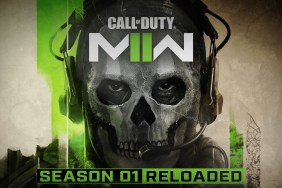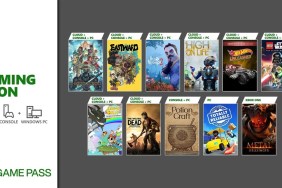I’ve been a big fan of DICE since getting the original Battlefield 1945 as part of a complete collection including expansion packs and new maps, but it’ll always be that first flight or the first blast from the tank barrel that’s kept me on board all these years. I doubt many other gamers would disagree. When it comes to…

Atlas is an action-rpg with rogue-like elements where you use your ability to control the ground to fight the enemies and move through procedurally generated worlds.










